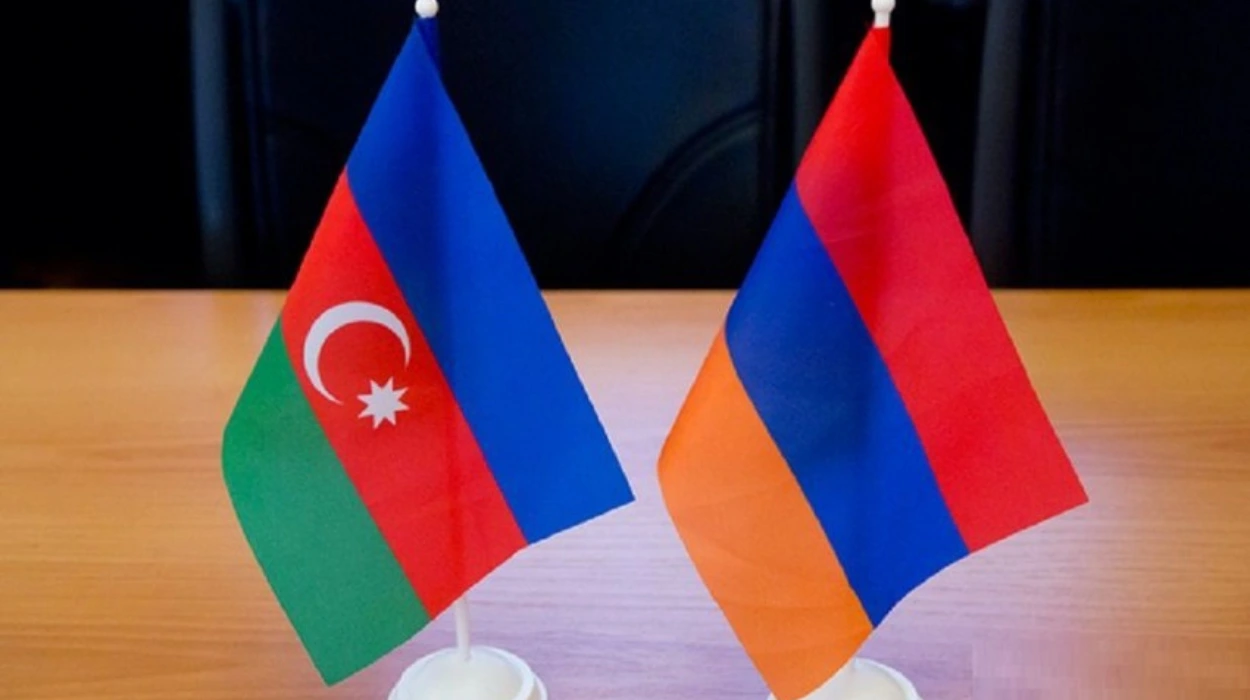England (Brussels Morning Newspaper) The geopolitical landscape of the Caucasus is undergoing significant changes as Azerbaijan and Armenia pursue divergent foreign policy paths. These shifts reflect broader regional and global trends, including the waning influence of Russia in its traditional sphere of influence and the rising prominence of China in Eurasia.
Azerbaijan’s Pivot to the East
Azerbaijan’s foreign policy has traditionally been characterized by a careful balancing act between regional powers, including Russia, Turkey, and the West. However, recent developments suggest a potential reorientation towards regionalism and Eurasianism, a geopolitical concept that emphasizes integration and cooperation among Eurasian states, particularly under the leadership of Russia and China.
Azerbaijan’s application to join BRICS and its potential move towards full membership in the Shanghai Cooperation Organization (SCO), indicate a strategic shift towards alignment with the China-led Eurasian economic and security architecture. This move can be seen as an effort by Baku to diversify its strategic partnerships and reduce its reliance on Western structures. BRICS, which includes Brazil, Russia, India, China, and South Africa, has recently accepted new members, namely Iran, Egypt, Ethiopia, and the United Arab Emirates. The organization represents an alternative to Western-dominated financial and political institutions and will probably accept new members in the future. The SCO, meanwhile, is a key multilateral organization focused on political, economic, and security cooperation across Eurasia.
Impact of Putin’s Visit:
Vladimir Putin’s recent visit to Baku may have reinforced Azerbaijan’s interest in deepening ties with Russia and China, particularly as Russia seeks to solidify its influence in the face of Western sanctions and geopolitical challenges. Azerbaijan’s potential membership in these organizations would signal a deeper commitment to regionalism and a rejection of the Western-led liberal international order, aligning more closely with China’s vision of a multipolar world. Azerbaijan continues to be a close partner of the West, mainly due to its role in Europe’s post-2022 energy security. Nevertheless, this Caucasian country has deepened its ties with Russia and China since the invasion of Ukraine. The implications of the Ukraine war have increased Azerbaijan’s value for the Middle Corridor of China’s Belt and Road Initiative (BRI) and the International North–South Transport Corridor (INTSC), a 7,200-kilometer corridor encompassing road, rail, and maritime routes, which connect Russia with India, via Azerbaijan and Iran, bypassing the Suez Canal.
Armenia’s Frustration with Russian Security Guarantees:
In contrast, Armenia appears to be moving in the opposite direction, seeking to distance herself from Russian-led post-Soviet structures and align more closely with the West.
Armenia’s dissatisfaction with the Russian-led Collective Security Treaty Organization (CSTO) and the Eurasian Economic Union (EAEU) has been growing, particularly in light of the recent conflicts with Azerbaijan over Nagorno-Karabakh. Yerevan has expressed frustration with the perceived lack of support from Russia and the CSTO during times of crisis, leading to calls within Armenia to reconsider its participation in these alliances. The major event that led to Armenia’s decision to rethink her alignment with Moscow was Russia’s and the CSTO’s refusal to intervene when Azerbaijan attacked and occupied Armenian territory in September 2022. Since then, Yerevan has upgraded its economic, defense and political relationship with Paris, Brussels, Washington D.C., London, and even Kyiv.
Towards Armenia’s Western Integration:
Armenia’s efforts to deepen ties with the European Union (EU) and the United States reflect a desire to integrate more fully into the Western-led liberal international order. This shift is part of a broader strategy to diversify Armenia’s foreign policy options and reduce its dependence on Russia. In the long term, Armenia may seek closer ties with Euro-Atlantic structures, potentially even aspiring to EU membership, although this remains a distant and challenging prospect. Nevertheless Armenia has taken some courageous steps to distance herself from Moscow and deepen ties with the EU and the United States.
Broader Implications for the Caucasus
The divergent paths of Azerbaijan and Armenia highlight the complex and fluid geopolitical dynamics in the Caucasus. As Azerbaijan moves closer to China and Russia, and Armenia tilts towards the West, the region may see increased competition between these global powers. This could lead to heightened tensions and a reshaping of alliances in the region.
For Russia, maintaining influence in the Caucasus is crucial, but its ability to do so is being challenged by both the West and China. Meanwhile, China’s growing involvement in the region through initiatives like BRI and its support for organizations like BRICS and the SCO could position it as a key player in the Caucasus, potentially at the expense of both Russia and the West.
In conclusion, the Caucasus is at a crossroads, with Azerbaijan and Armenia taking divergent paths that reflect broader global trends. The outcome of these shifts will have significant implications for regional stability and the balance of power in Eurasia.




